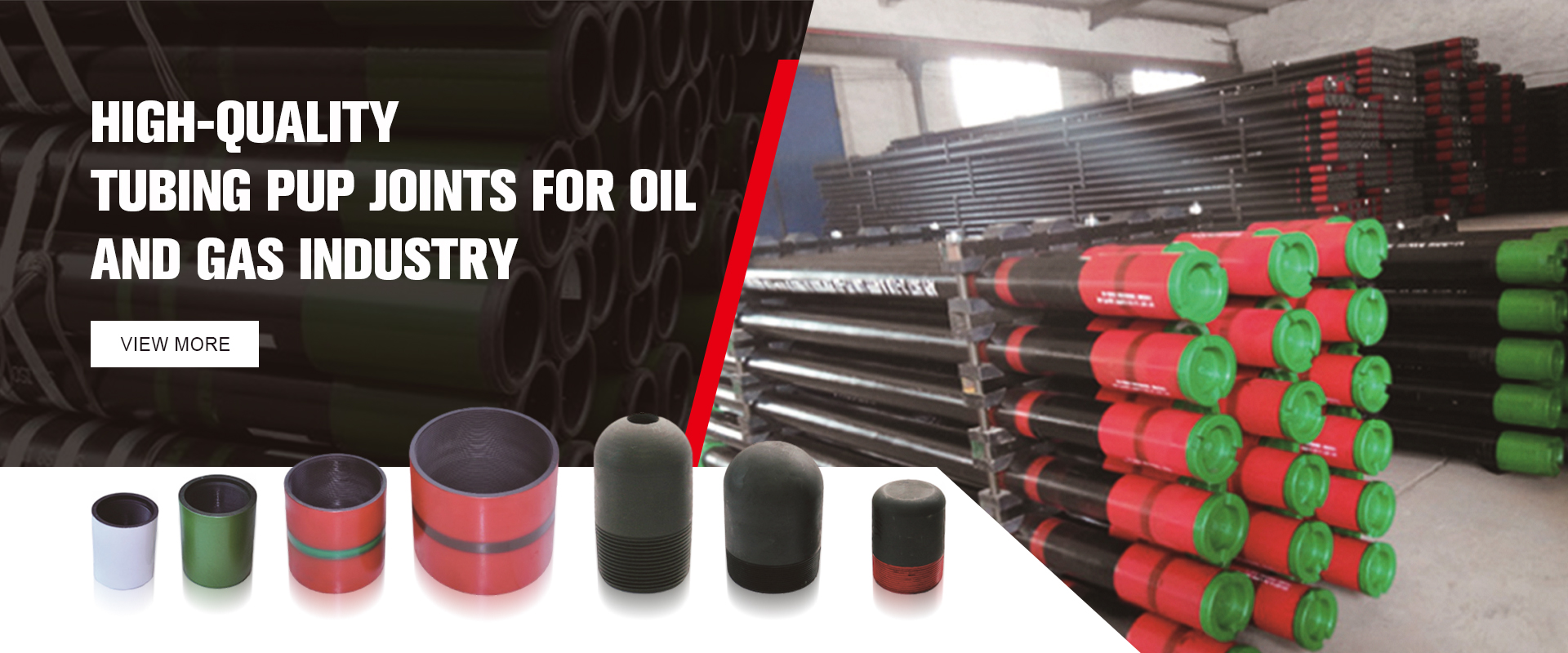- Afrikaans
- Albanian
- Amharic
- Arabic
- Armenian
- Azerbaijani
- Basque
- Belarusian
- Bengali
- Bosnian
- Bulgarian
- Catalan
- Cebuano
- Corsican
- Croatian
- Czech
- Danish
- Dutch
- English
- Esperanto
- Estonian
- Finnish
- French
- Frisian
- Galician
- Georgian
- German
- Greek
- Gujarati
- Haitian Creole
- hausa
- hawaiian
- Hebrew
- Hindi
- Miao
- Hungarian
- Icelandic
- igbo
- Indonesian
- irish
- Italian
- Japanese
- Javanese
- Kannada
- kazakh
- Khmer
- Rwandese
- Korean
- Kurdish
- Kyrgyz
- Lao
- Latin
- Latvian
- Lithuanian
- Luxembourgish
- Macedonian
- Malgashi
- Malay
- Malayalam
- Maltese
- Maori
- Marathi
- Mongolian
- Myanmar
- Nepali
- Norwegian
- Norwegian
- Occitan
- Pashto
- Persian
- Polish
- Portuguese
- Punjabi
- Romanian
- Russian
- Samoan
- Scottish Gaelic
- Serbian
- Sesotho
- Shona
- Sindhi
- Sinhala
- Slovak
- Slovenian
- Somali
- Spanish
- Sundanese
- Swahili
- Swedish
- Tagalog
- Tajik
- Tamil
- Tatar
- Telugu
- Thai
- Turkish
- Turkmen
- Ukrainian
- Urdu
- Uighur
- Uzbek
- Vietnamese
- Welsh
- Bantu
- Yiddish
- Yoruba
- Zulu
Understanding the Purpose of a Bull Plug in Various Applications
What is a Bull Plug Used For?
When it comes to plumbing and drainage systems, tools and fixtures often need to be specialized for various applications. One such tool is the bull plug. This unique piece plays a vital role in both residential and commercial plumbing systems, yet it is often misunderstood. In this article, we will explore what a bull plug is, its applications, and why it is an essential component in plumbing.
Definition of a Bull Plug
A bull plug is a type of pipe fitting that is generally used to seal the end of a pipe or fitting. It is designed to fit securely into the opening of a pipe, creating a watertight seal. Bull plugs can be made from various materials, including PVC, metal, and rubber, depending on the requirements of the plumbing system. They vary in size to fit different pipe diameters, making them versatile for a range of applications.
Applications of Bull Plugs
Bull plugs are used in various plumbing scenarios to prevent the escape of gases or liquids. Here are some common applications
1. Sealing Closed Systems In systems that require temporary sealing, such as during maintenance or inspection, bull plugs can effectively block the flow of water or gas. This allows plumbers to work on one section of a system while preventing spillage or leakage elsewhere.
2. Testing and Inspection When testing the integrity of a plumbing system, it's essential to seal off sections of the piping. Bull plugs can be inserted in various points of the system to hold pressure and check for leaks. This makes them invaluable during the installation of new systems or repairs on existing ones.
3. Drainage Systems In drainage systems, bull plugs are often employed to close unused branch lines. This ensures that water efficiently flows through the system without backflow or other unintended diversions.
what is a bull plug used for

4. Fire Protection Systems In fire sprinkler systems, bull plugs can be used to seal off lines that are not currently in service. This ensures that the system operates effectively when needed without any risk of false activation due to leaks.
5. Swimming Pools In pool maintenance and winterization, bull plugs are used to block plumbing lines and prevent any water from entering them during colder months. This can help to avoid freeze damage which is common in colder climates.
Advantages of Using Bull Plugs
1. Convenience Bull plugs are easy to install and remove, making them a convenient choice for temporary applications. They save time and effort during maintenance because they can be quickly put in place.
2. Cost-Effective Using bull plugs can reduce maintenance costs in the long run. By preventing leaks and allowing for efficient testing, they help in avoiding costly repairs and downtimes.
3. Durability Typically made from robust materials, bull plugs can withstand high pressure and temperature variations, making them suitable for various environments and applications.
4. Versatility With varying sizes and materials available, bull plugs can be used in numerous plumbing systems across different industries, including residential, commercial, and industrial settings.
Conclusion
The bull plug is a simple yet essential component in plumbing systems. Its role in sealing pipes, testing systems, and maintaining drainage efficiency highlights the importance of proper plumbing fittings in everyday applications. Understanding what a bull plug is and how it is used can lead to more informed decisions regarding plumbing maintenance and repairs. Whether you are a homeowner, a property manager, or a plumbing professional, recognizing the value of a bull plug can enhance the efficiency and reliability of your plumbing systems. By using appropriate tools like the bull plug, you can ensure that your plumbing system remains functional and effective over time.
-
Well Casing Extension Couplings – Applications and InstallationNewsJun.06,2025
-
Types of Crossover Subs in Drilling & CompletionNewsJun.06,2025
-
Key Features of High-Quality Tubing Pup JointsNewsJun.06,2025
-
Installation and Maintenance Tips for Steel Couplings for PipeNewsJun.06,2025
-
How to Select the Right Pup Joint for Oil & Gas OperationsNewsJun.06,2025
-
Applications of Stainless Steel Pipe CouplingsNewsJun.06,2025







